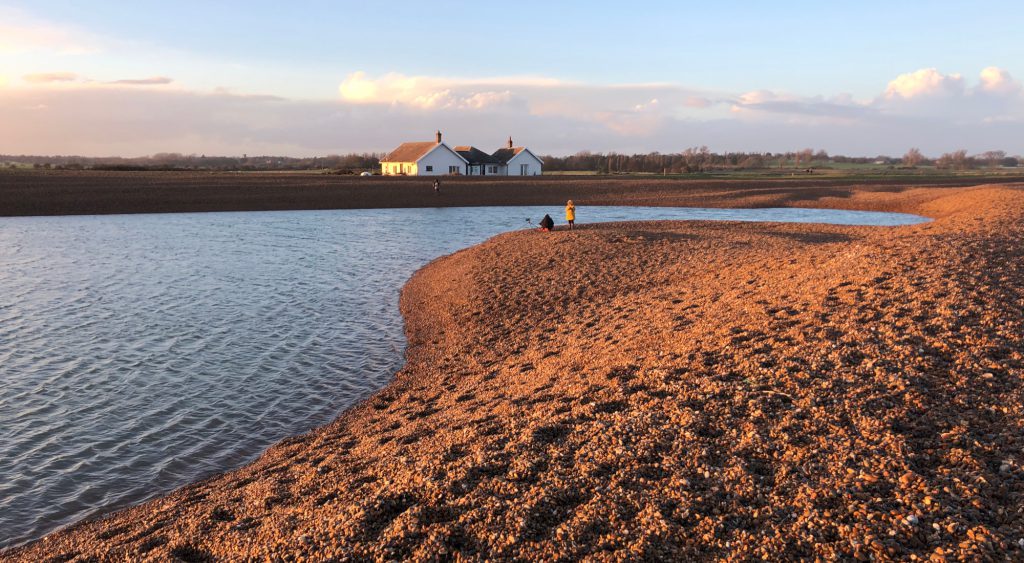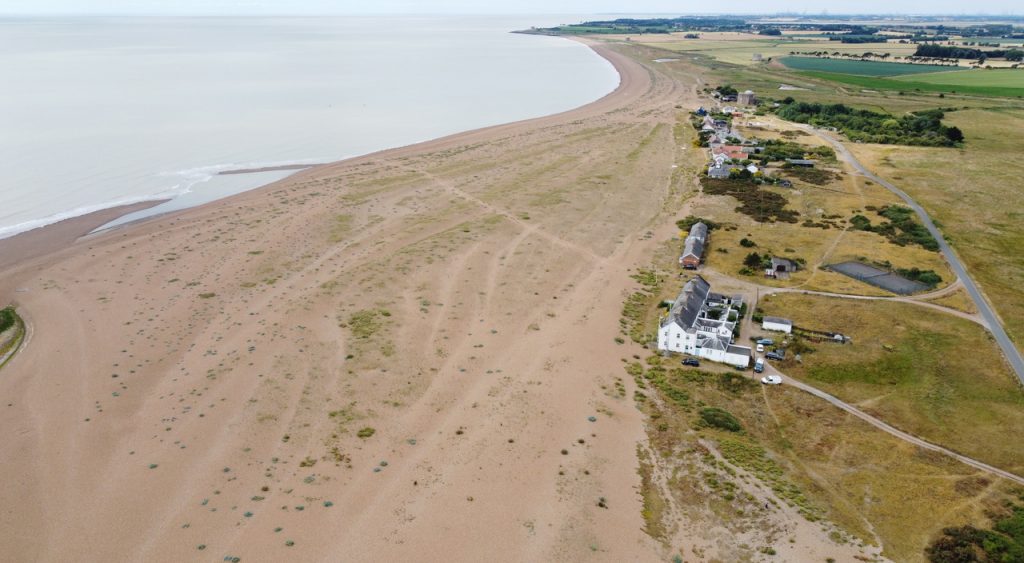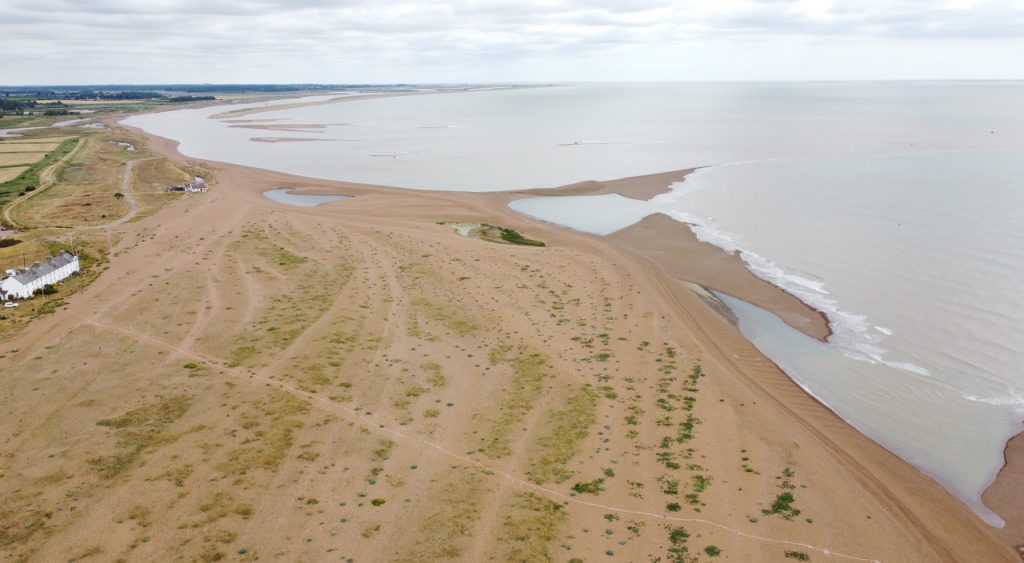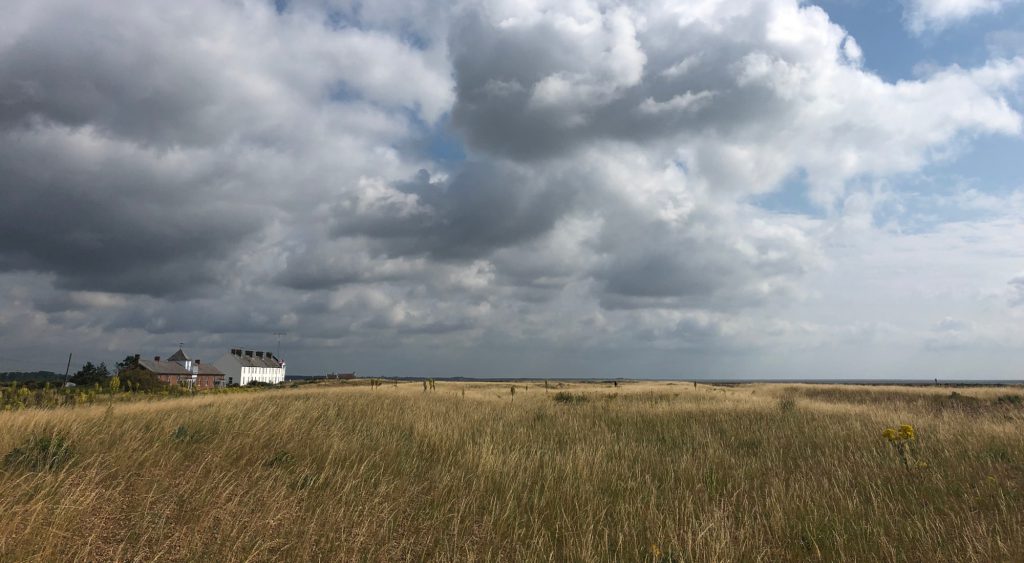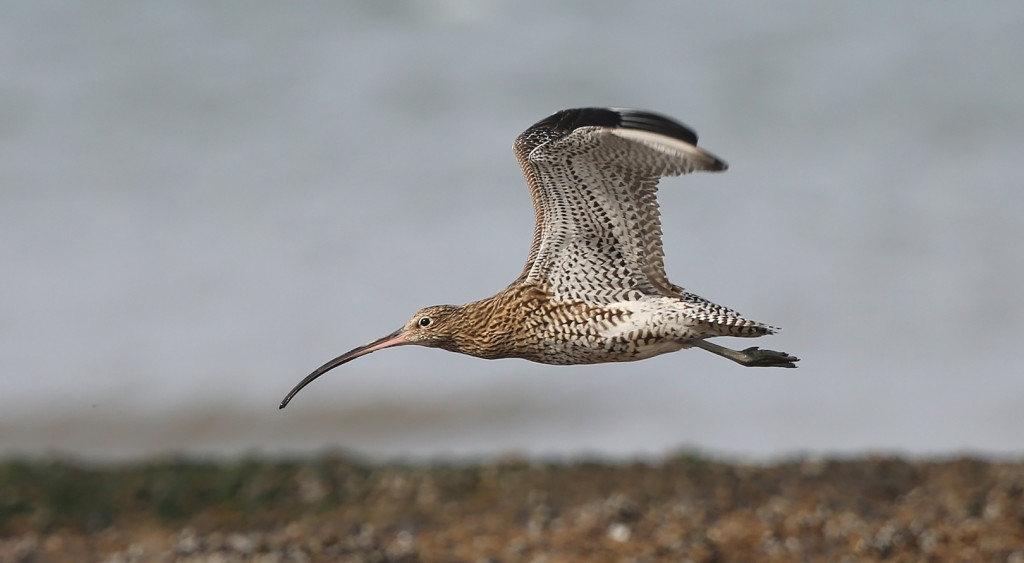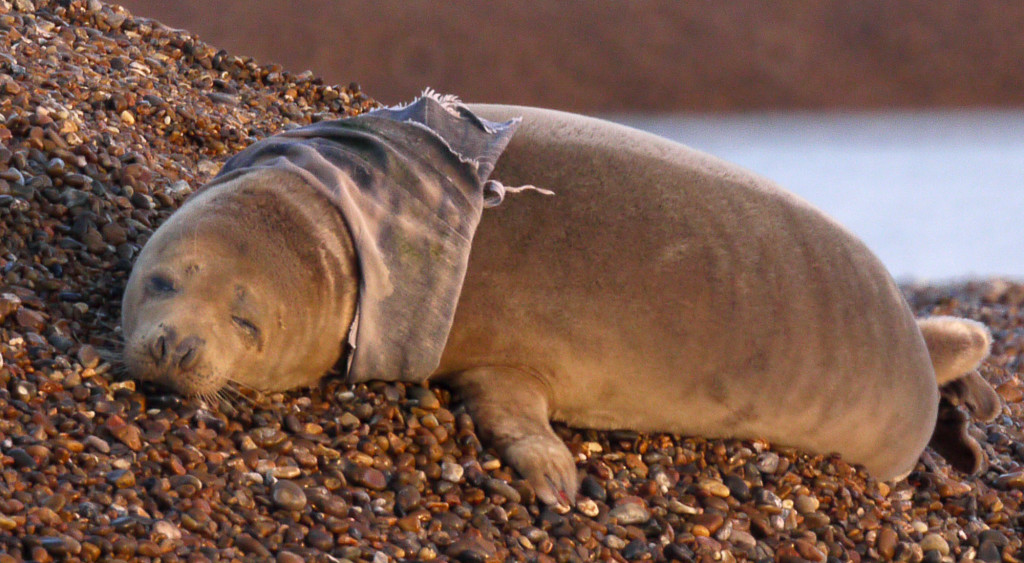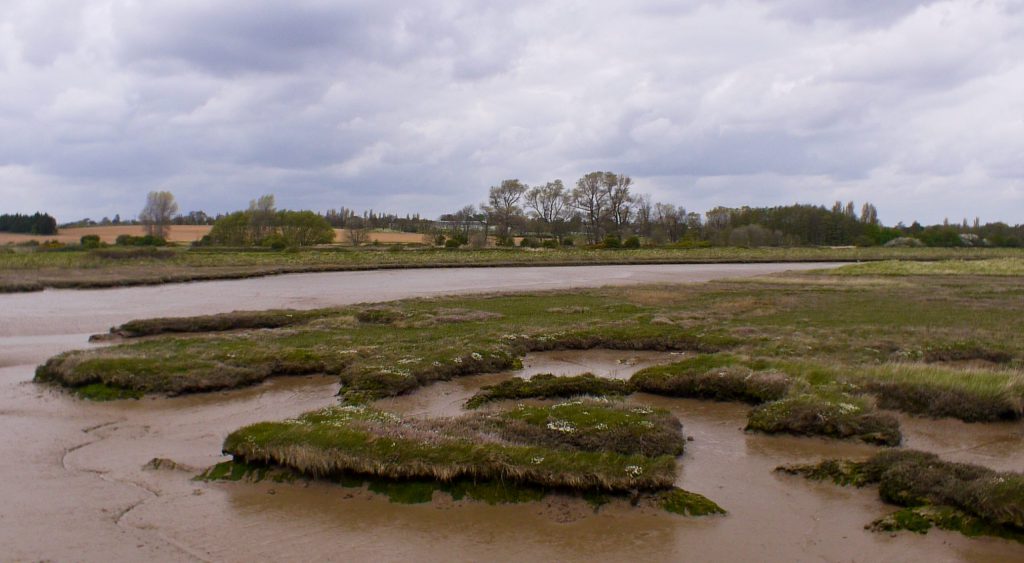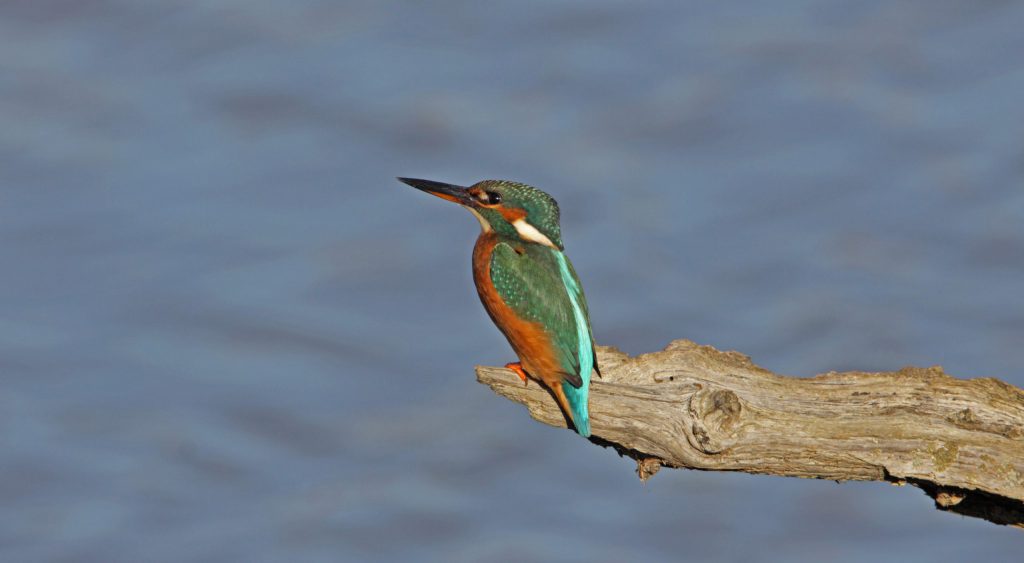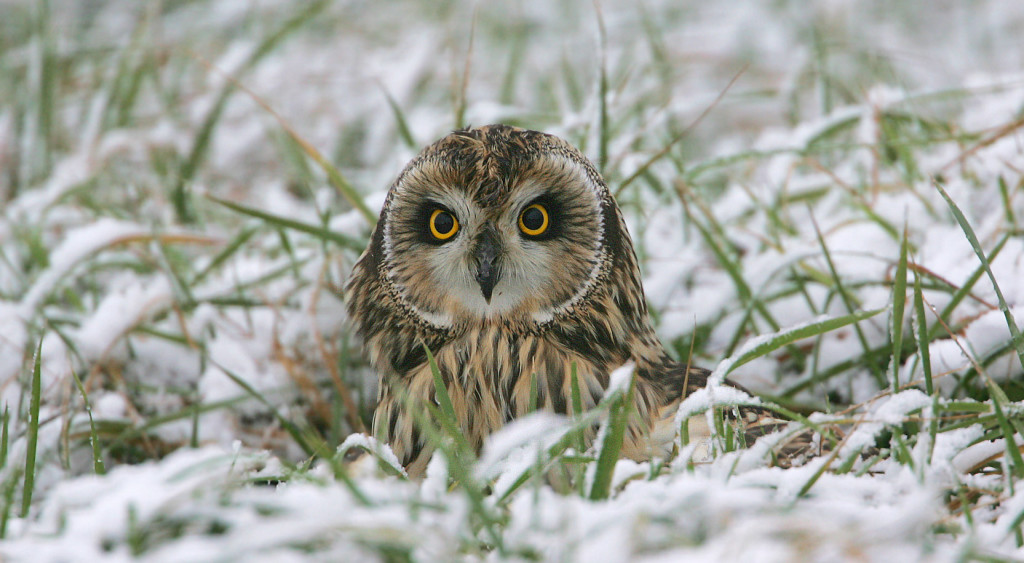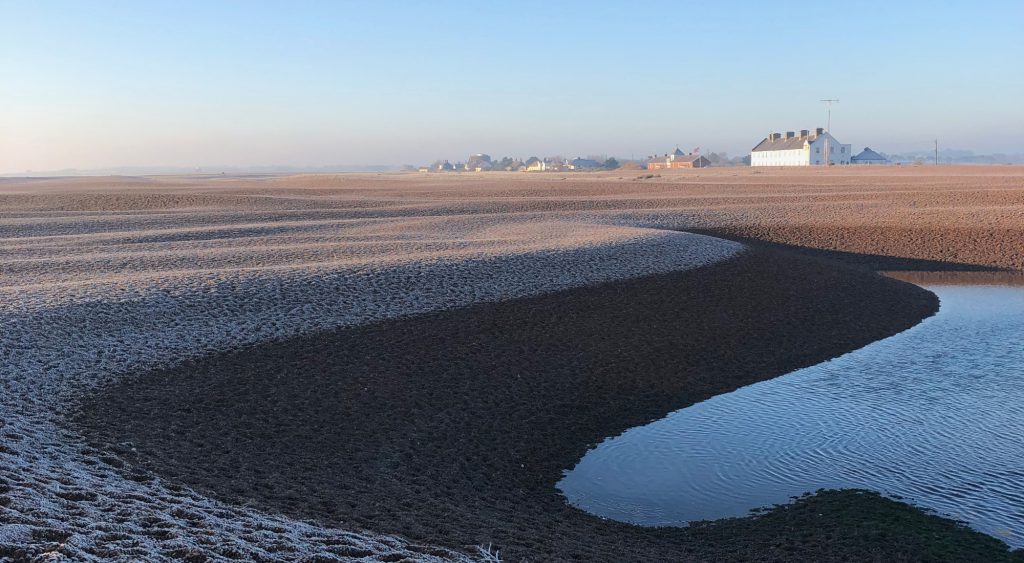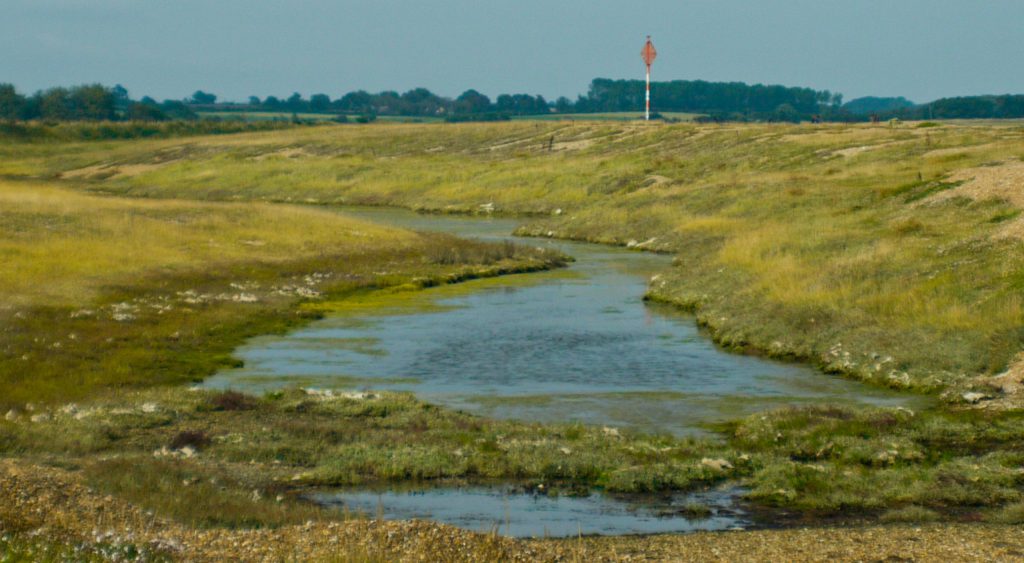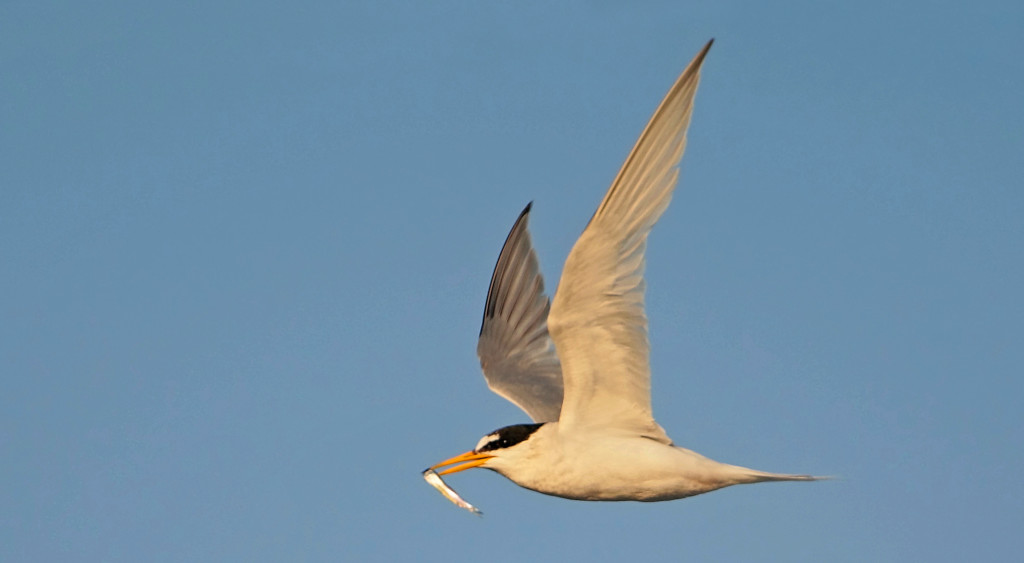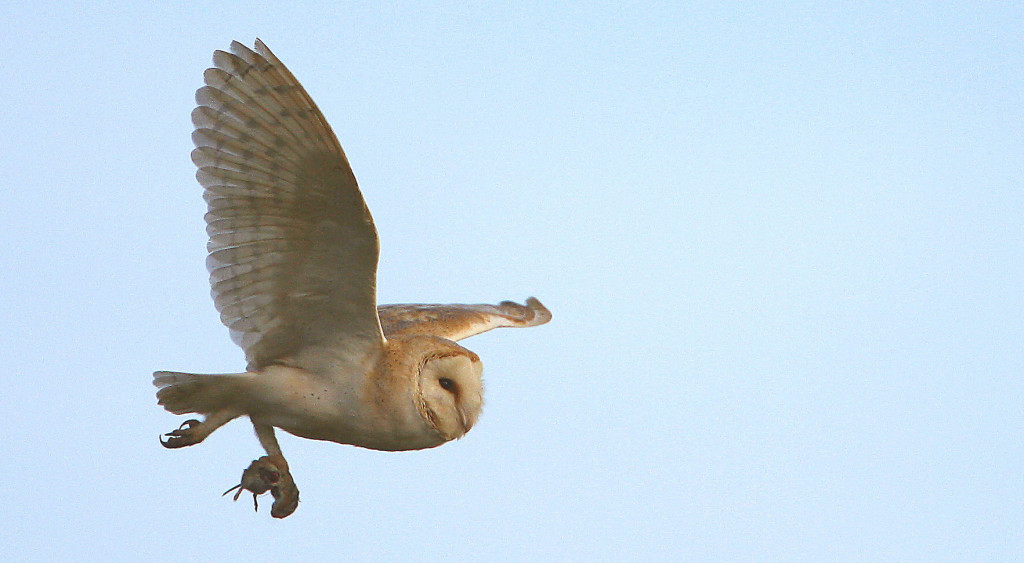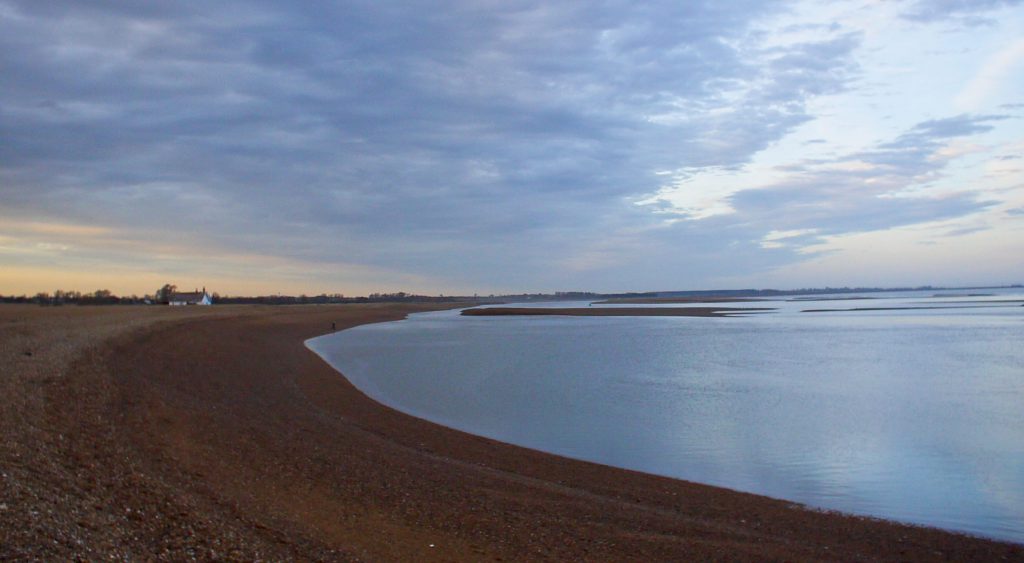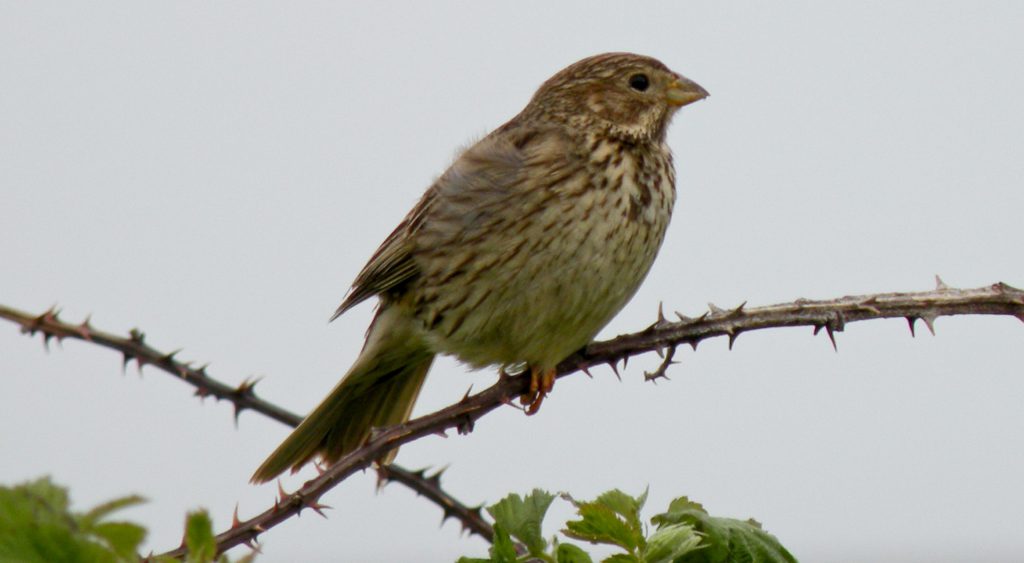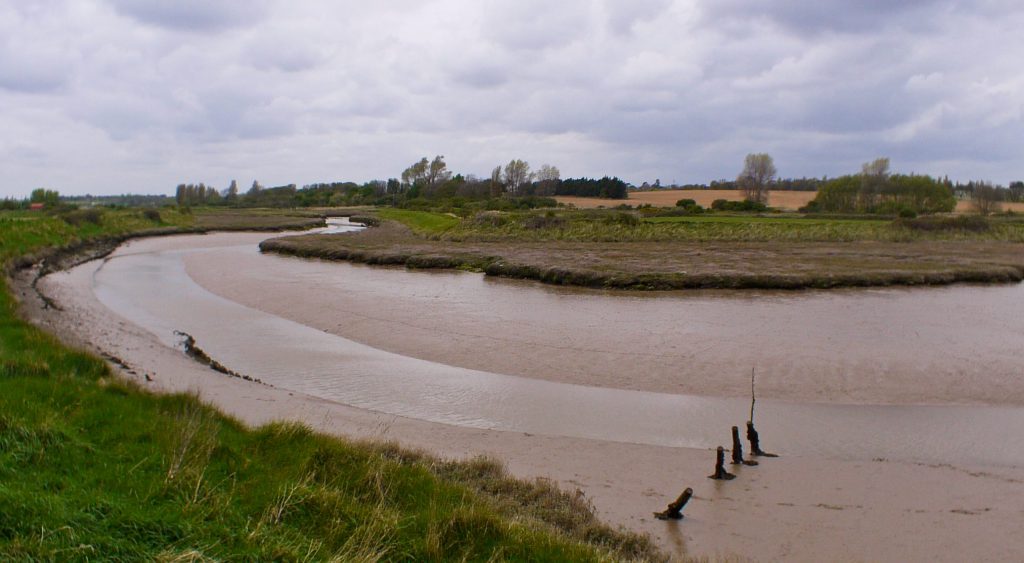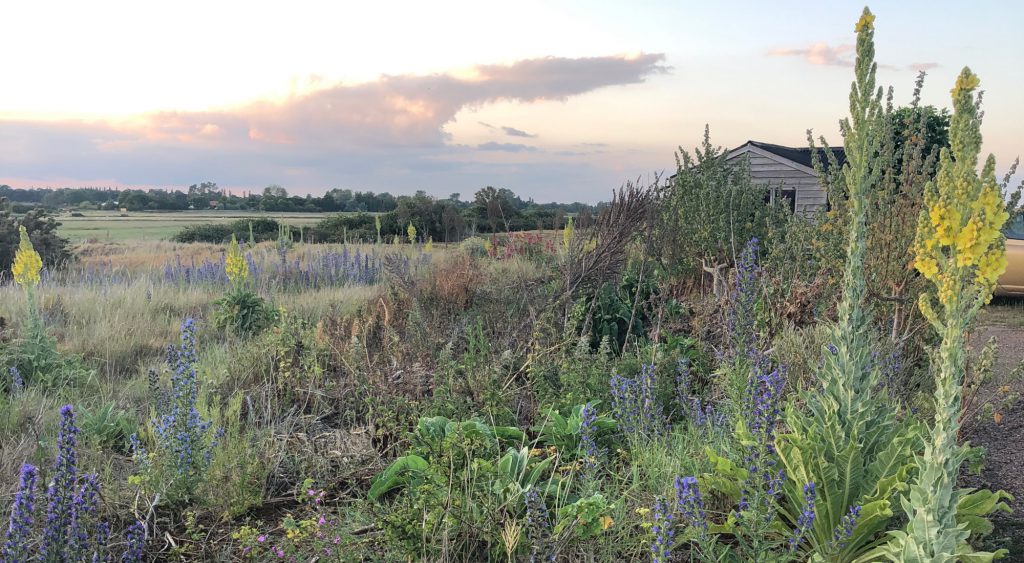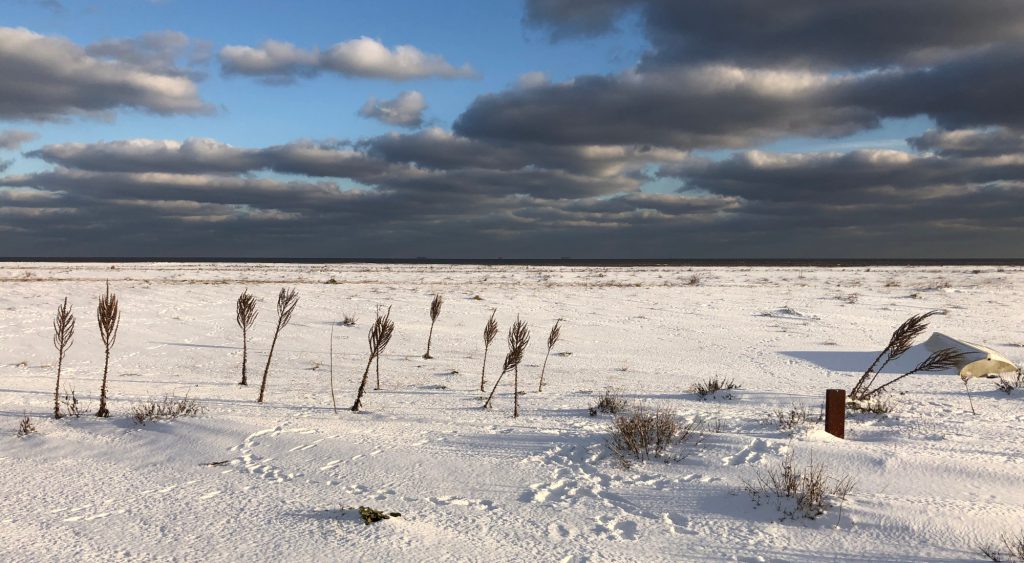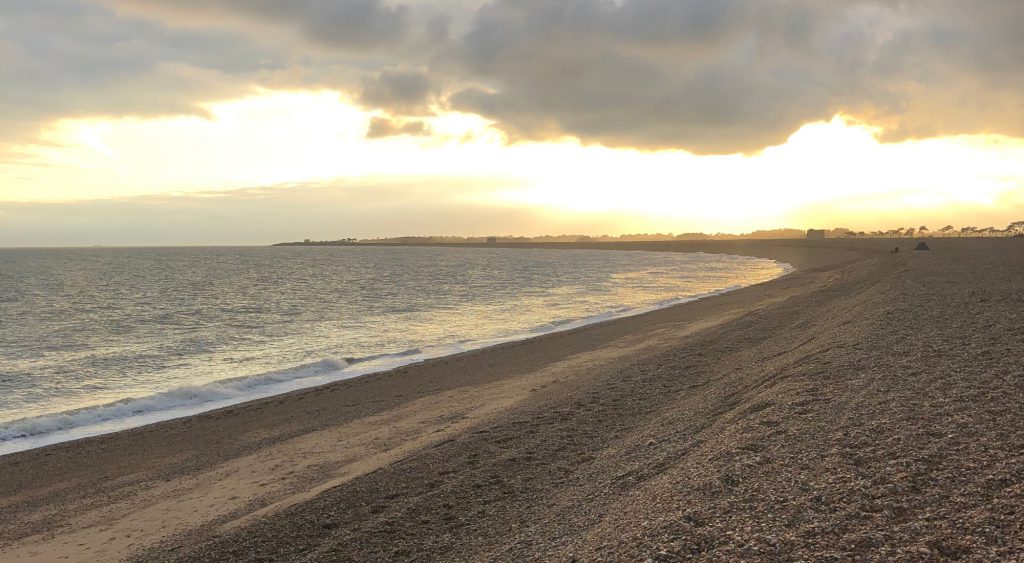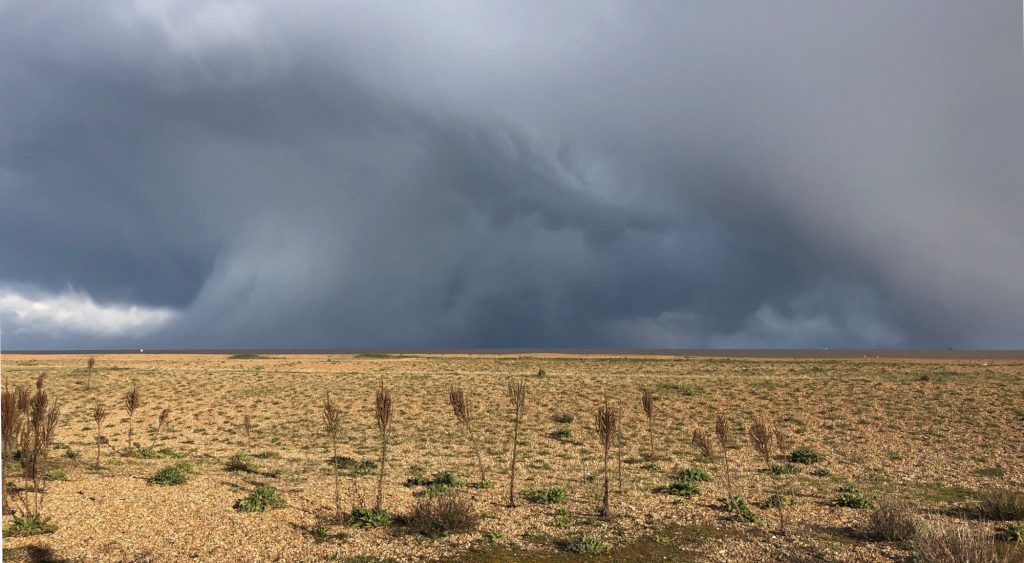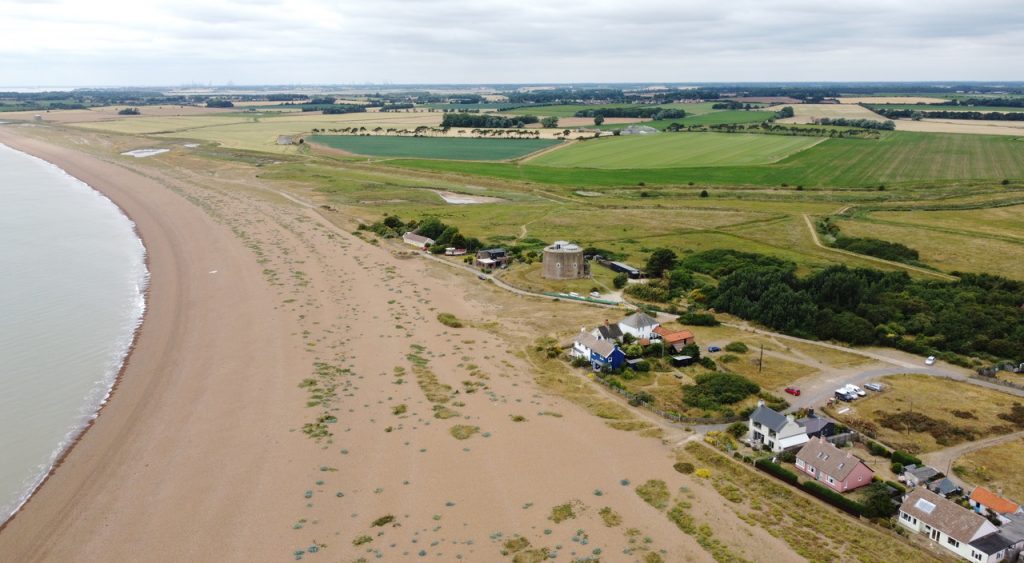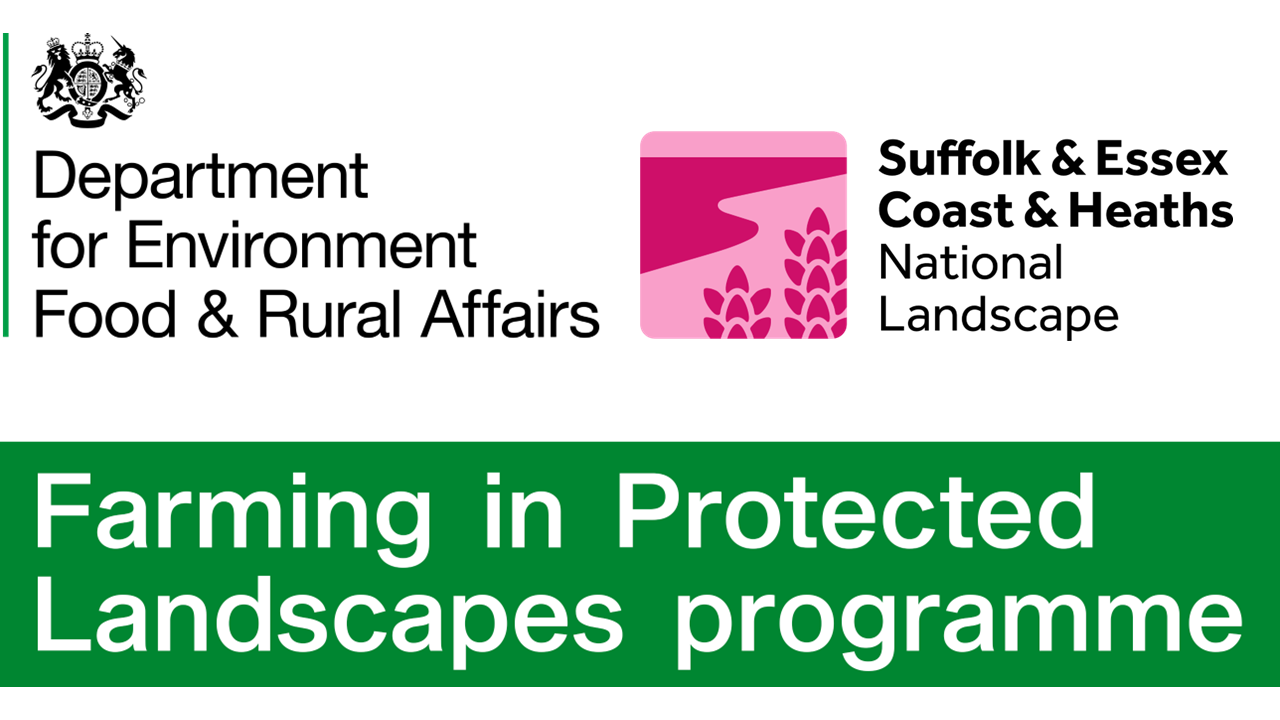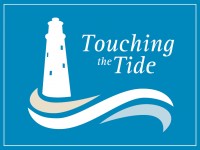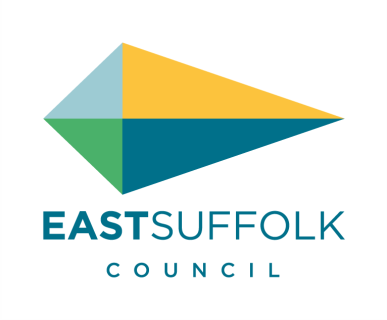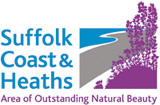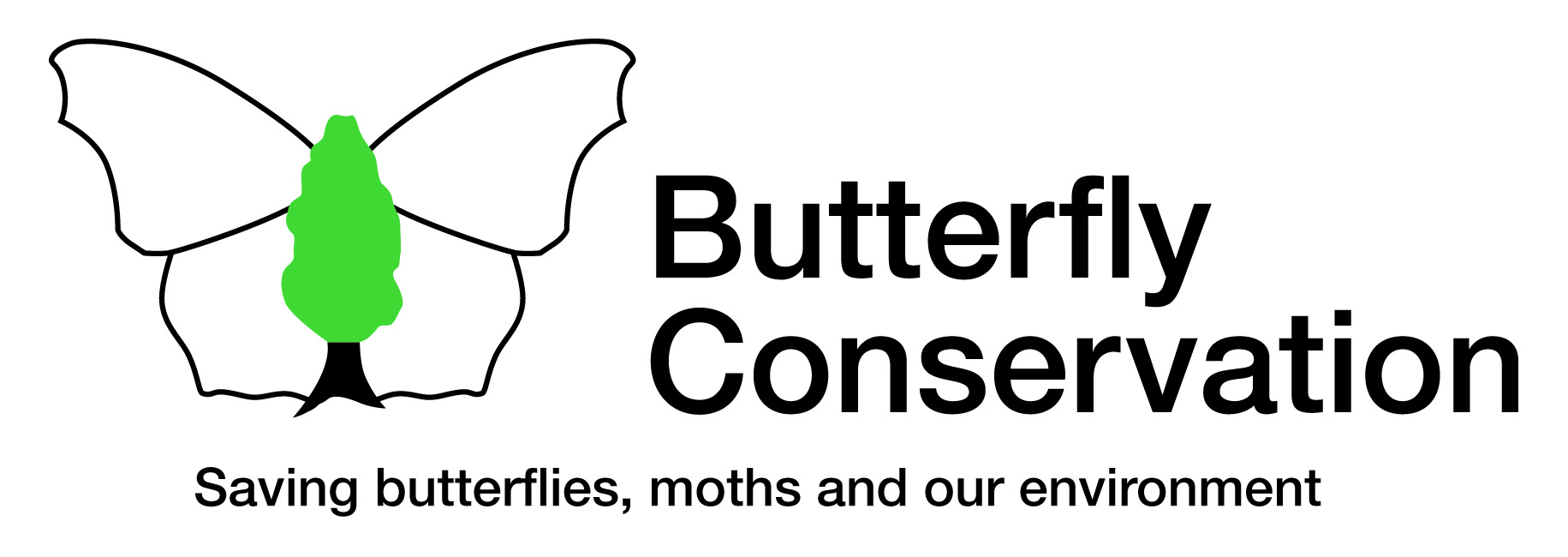A Wild and Natural Place
Shingle Street is a place of great natural beauty, which also supports an astonishing range of wildlife. The residents are committed to protecting and, where possible, enhancing the local environment and its biodiversity and we have in recent years taken a number of practical steps to this end. Our community vision for Shingle Street is “a wild and natural place, where biodiversity is protected and enhanced, and where people can respectfully experience this unique environment”.
Continue reading
This residents’ website is designed to share news of our ongoing activities and to set out the results of the surveys of the flora and fauna we have undertaken in the past. We hope that others will find these of interest and will give their sympathetic support to our future initiatives. We welcome your ideas, observations and reactions via our contact page.
Among the main elements that can be explored through the Menu are:
- A comprehensive biodiversity survey of the flora and fauna of the area, undertaken in 2015. The full technical report can be downloaded for research and other purposes without charge.
- More specific regular surveys of the rare flowers and vegetation on the shingle banks, undertaken to monitor the effects of environmental changes and visitor footfall.
- A popular series of published booklets on the wildlife and the history of Shingle Street, which can be purchased from the website and from local booksellers.
- News of activities of the residents to manage the local environment and collaborate with neighbouring parishes over conservation issues.
- Recent reports on the changing wildlife scene.
- A Visitor Information page
There are also galleries of images of local wildlife and scenery.
The Shingle Street Biodiversity Survey of 2015
This was a comprehensive survey of the flora and fauna of the Shingle Street area, to demonstrate its great biodiversity and establish its importance as a rich and sensitive environment to be conserved and protected.
Britain’s wildlife is currently threatened as never before. In this situation it is increasingly important for local communities to document and celebrate the biodiversity of the areas in which they live. The Shingle Street survey was envisaged as a small step in addressing this crisis and it is hoped that it might serve as a model for other coastal communities on the Suffolk coast, who could thereby pool their results and resources and act jointly to protect this endangered environment.
Shingle Street is a locality of great natural diversity and abundance, which already has multiple designations as an SSSI (Site of Special Scientific Interest), AONB (Area of Outstanding Natural Beauty), Ramsar site, SAC (Special Area of Conservation) and SPA (Special Protection Area). It also has close to it other RSPB, Suffolk Wildlife Trust and National Trust reserves or protected areas.
The project was completed in 2015 through a combination of local volunteer efforts and a commissioned report from a professional ecological consultant, Toby Abrehart, who directed the survey, supported by local recorders.
See a review of the project here.
The full report and its technical appendices can be downloaded here free of charge (see dark green sidebar on the right or at the foot of the page if you are using a small screen).
We gratefully acknowledge the support of our Sponsors:
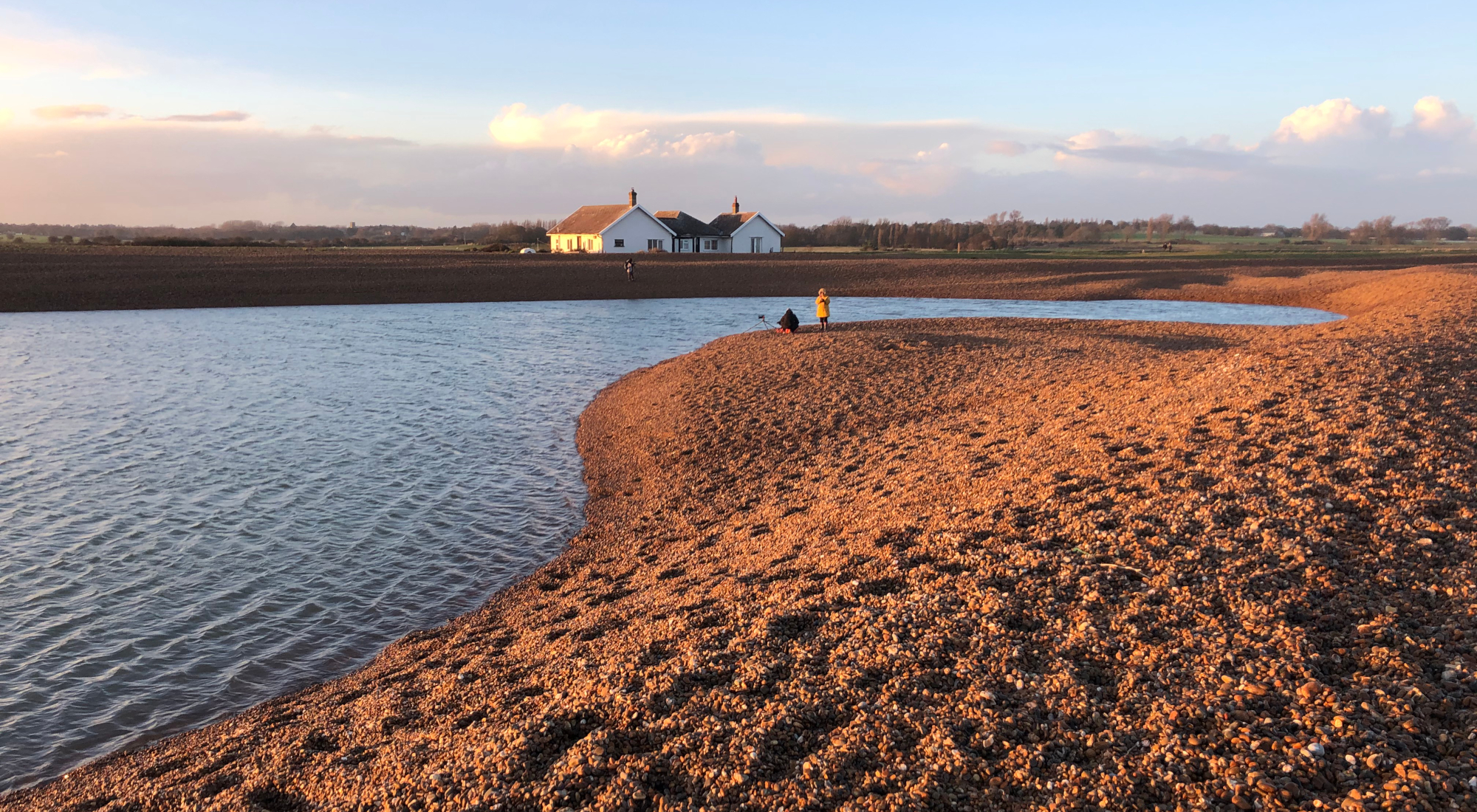
A salt-water lagoon enclosed by shingle banks in front of the Beacons. Photo: Catherine Lindsay-Davies




